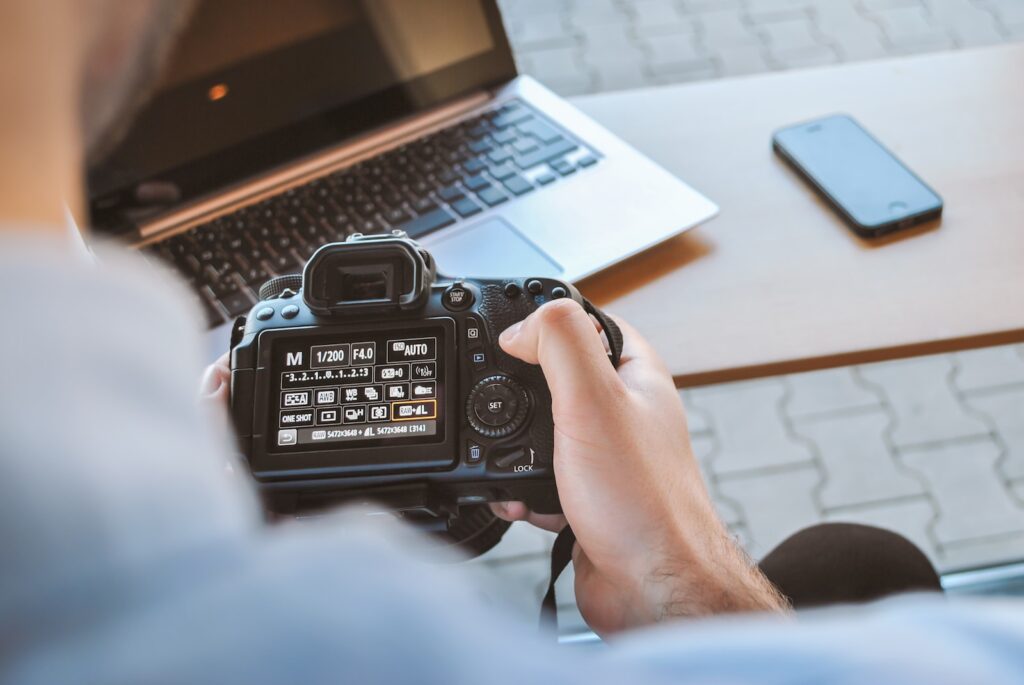In today’s hyper-connected, overstimulated world, the allure of simplicity has never been more profound. Minimalist photography, a compelling genre, mirrors the design ethos of “less is more,” capturing raw emotion and narratives with utter simplicity. This art form challenges photographers to distill a scene down to its purest elements, creating a striking visual statement. Here, we delve deep into the essence of design in minimalist photography and explore how you can harness its power.
What is Minimalist Photography?
Minimalist photography is an art form that emphasizes simplicity, using a limited set of compositional elements to create a powerful image. It shifts the viewer’s attention from the chaos and clutter typical of everyday scenes to focus on the bare essentials. In doing so, this form of photography communicates more with less.
The essence of design in minimalist photography is to declutter visually. It prioritizes clean lines, geometric patterns, contrasting colors, and the strategic use of negative space. This simplicity often belies the depth of thought that goes into composing each shot.
Why Minimalist Photography?
Minimalist photography’s allure lies in its ability to evoke emotion, provoke thought, and tell a story through understated means. This design approach resonates with viewers because it cuts through the noise, offering a visual oasis in a world filled with complexity.
Moreover, it encourages photographers to be keen observers of their surroundings. By stripping away the excess, they learn to see—and showcase—beauty in the mundane.
Techniques for Capturing Minimalism
- Embrace Negative Space: Use vast expanses of unoccupied space to highlight your subject, letting it breathe and become the focal point.
- Simplify Compositions: Limit the elements in your frame. This might mean waiting for people to move out of your shot or getting closer to your subject to exclude distractions.
- Play with Colors: A limited color palette can have a strong impact. Look for scenes with contrasting colors or use post-processing to desaturate and emphasize particular hues.
- Focus on Shapes and Lines: Geometric patterns, straight lines, and curves can create compelling compositions when isolated.
- Prioritize Lighting: Soft, diffused lighting can elevate a minimalist scene, highlighting textures and adding depth.
Inspiration from Other Art Forms
Design principles from other fields can be seamlessly integrated into minimalist photography. Take architecture, for example. Modern architectural designs often emphasize clean lines, functionality, and open spaces. Photographing such structures, emphasizing these elements, can produce striking minimalist images.
Similarly, minimalist paintings, with their limited palettes and abstract forms, can serve as a guide for photographers. These paintings teach us to appreciate the weight of every brushstroke, color, or shape—principles easily translatable to photography.
Conclusion
Minimalist photography is not just about capturing simple images; it’s about conveying a message or emotion through a carefully designed composition. As with any art form, it demands practice, patience, and a keen eye for detail. By focusing on the essence of design and drawing inspiration from the world around, photographers can craft captivating minimalist shots that speak volumes.
Remember, in a world filled with visual chaos, sometimes the most profound statement is a whisper. Let your minimalist photographs be that gentle yet impactful whisper, guiding viewers to find beauty in simplicity.



